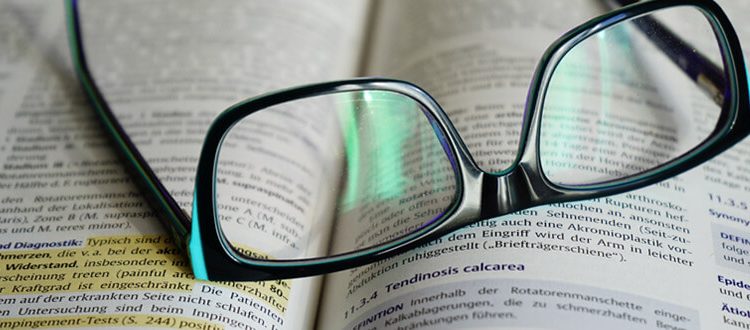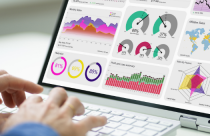How to Effectively Read Scientific Papers

The busy schedule of a clinician or researcher typically leaves little time for reading the latest issue of Nature. However, staying abreast of current developments in your research field by reading scientific articles is essential for planning future research projects. It is important to know what has already been done and which questions remain unanswered. Furthermore, reading the work of others can inspire new directions in your own research. In addition, for clinicians, the published literature provides critical insights into the optimal treatments for patients.
Why is Effective Reading Important?
However, simply reading scientific articles is not enough; we need to read them effectively. This means that we have to understand what we have read. Scientific papers are usually dense with information and can be particularly hard to fathom if English is not your first language. Furthermore, the scientific literature is expanding exponentially, so finding relevant articles is getting more challenging. To navigate this endless sea of information and read papers effectively, it is necessary to be aware of the different types of journal articles and how they are structured. An original research report presents novel research findings. Review articles present and discuss the results of previous studies. Review articles have a different structure, but original articles are generally divided into five main sections after the title: Abstract, Introduction, Materials and Methods, Results, and Discussion. Each of these sections serves a specific purpose:
- The Abstract is a summary of the article, and briefly outlines the background, objectives, approach, findings, and conclusions of the study.
- The Introduction explains everything that the reader needs to know to understand the purpose of the study and emphasizes the central question.
- The Methods section describes all the experimental procedures in enough detail so that the reader can repeat them.
- The Results section presents the study findings in the form of figures and description in the main text.
- The Discussion interprets the research findings in relation to the published literature. It typically finishes by emphasizing how the study findings contribute to the research field. In some cases, the Discussion is followed by a separate Conclusions section.
Tips for Getting Started
Firstly, make sure the article interests you. Take a look at the title and keywords. These should communicate the main topic and message of the work and tell you whether the paper is relevant or not. Then, read the Abstract to get a complete overview of the paper’s contents and find out whether you want to keep reading.
Scientific papers should not be read from beginning to end. Instead, skim through the article first, focusing on the sub-headings of the Results section and final paragraph of the Discussion to get a brief overview of the main manuscript contents. Then, re-read the individual sections in detail.
If you are unfamiliar with the topic, then start with the Introduction to get the necessary background information. Once you understand why the research has been performed, move to the Results section and examine the figures. Try to interpret them for yourself, and then compare your interpretations with the legends and main text. Making notes and highlighting important sentences is a useful way to keep track of the key messages.
Active Reading is More Effective
Once you start reading, remember that it needs to be an active process to be effective. This means that you need to be critical and question yourself continuously while you read. In addition, you can ask the following questions:
- Do I understand all the terminologies? Do I need to do some background reading to help me understand?
- Can I explain the research question and why it is important?
- Can I summarize the methods and the main findings?
- Does the author’s interpretation persuade me?
- Is the research credible? Is the journal trust worthy?
Effective Reading, Your Way
When it comes to reading research papers, different scientists have different approaches. In this article, we have explained that reading scientific articles from the beginning to end is not effective. Skimming the paper, then re-reading specific sections is more effective. When it comes to re-reading different sections, there is no right or wrong order. After the Abstract, some prefer to read the Introduction to gain the background knowledge necessary to interpret the results. Others prefer to go straight to the figures for an in-depth look at the Results, while others are satisfied to read the interpretations presented in the Discussion. This will depend on the reader’s own knowledge of the subject, and the reasons for reading the paper in the first place. The main goal is to find a way that works best for you.









